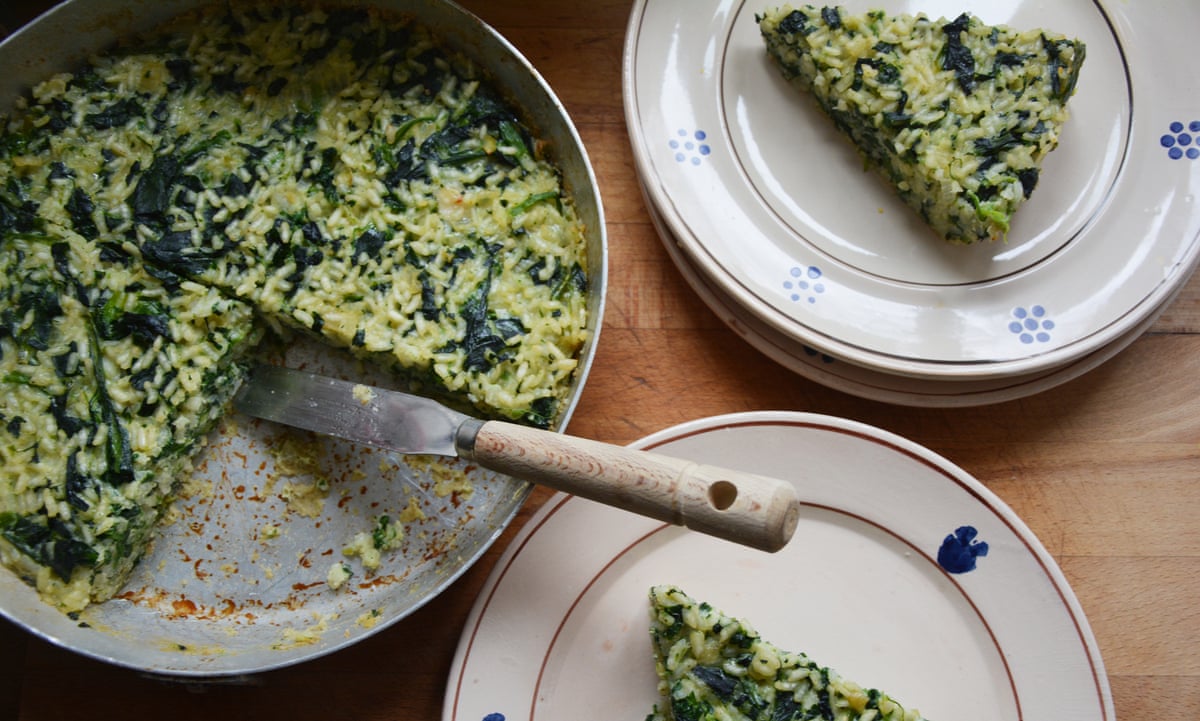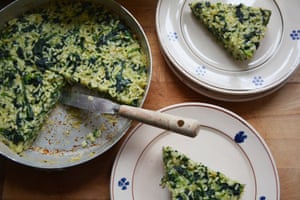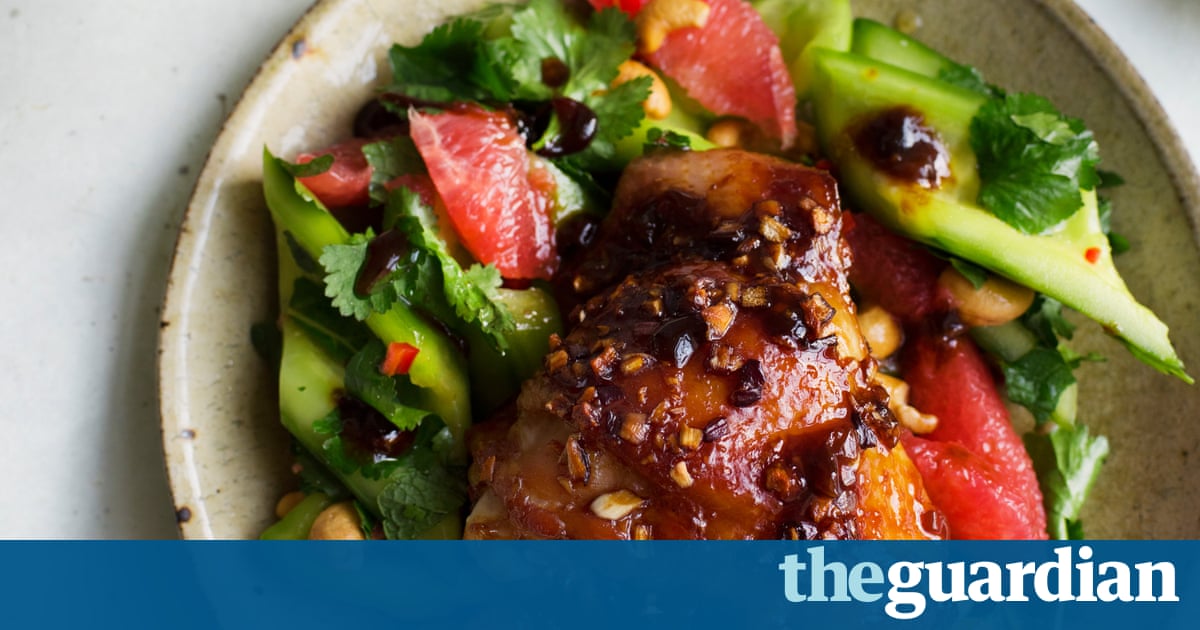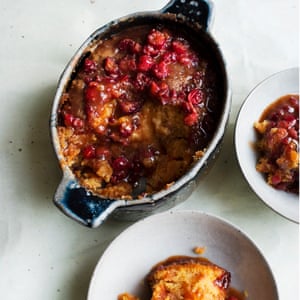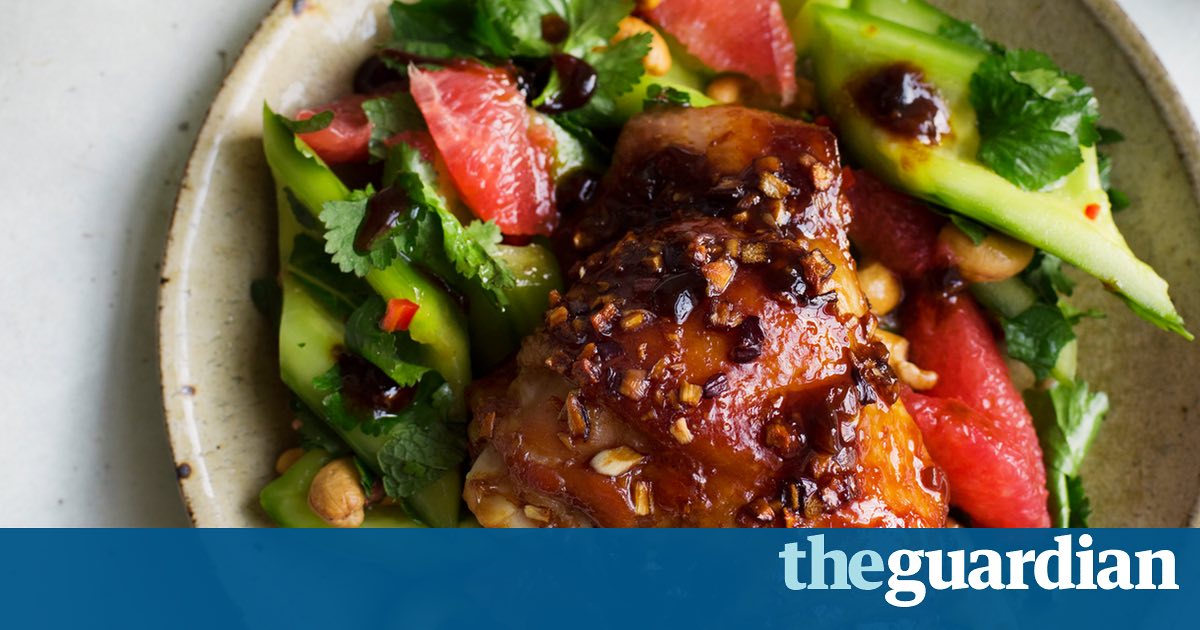This Middle Eastern staple is well worth the minimal effort to make at home

These just leavened doughs, known to us by their Israeli name, but common throughout the Arab world, are some of the most ancient in existence. Although flat in appearance, they are designed to puff up during broiling and then subside, creating a hollow interior that makes a handy repository for occupies. Quick to form, and easy to devour, its little amaze theyre popular, in various forms, from southern Europe to northward Africa , is not simply for stuffing, but too as utensils for dipping or scooping meat, and bulking out soups and salads.
Sealed in long-life box, pitta can be picked up at most supermarkets for mere pennies so why bother to realize your own? Because, unless youre luck enough to be able to find them freshly broiled, shop-bought pitta is a very poor relation, just like pizza groundworks, or indeed hummus. The real thing is soft and chewy, rather than tough, with a fluffy interior perfect for soaking up sauces theyre well worth the pretty negligible effort.
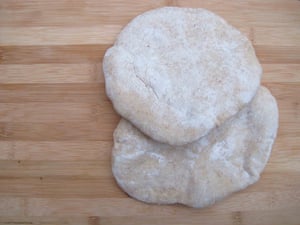
The flour
Most pitta recipes call for white flour, and generally of the high-protein, strong diversity, although Yvonne Ruperti on the US-based Serious Eats website calls plain flour, both grey and wholemeal, explaining that using 20% wholewheat flour[ induces] the dough much more flavourful and wacky than one stirred with merely all-purpose flour, while also not endangering its structure.
Pitta is a bread that depends on gluten development for its unique sort; without it, the dough will not be strong enough to puff up in the oven, yielding a simple flatbread, rather than one with a pocket.( Pitta breads get their characteristic word from a mix of heat and humidity. When the thin round of lettuce goes into the oven, the heat sets the top and bottom while transforming the liquid in the dough into steam, which is then captured between these strata of cooked dough, inducing the eat to expand. Although it will rapidly collapse when removed from the heat, the pocket inside remains intact .)
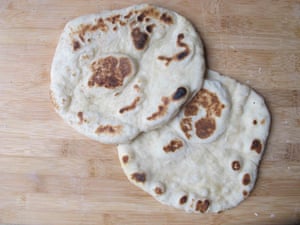
Most of Rupertis foods do rise( and descend ), but I find the dough necessary more initial kneading, and that research results paucity the chewiness of some of the others. Belatedly, I realise that the American all-purpose flour she refers to tends to be harder than our own, so discrepancies between strong and plain flour over there will be less commemorated. In any case, British readers are best advised to splash out on food flour.
The flavour and slightly nubbly texture that the wholemeal flour presents the bread is popular with testers, although as Ruperti notes, this doesnt produce gluten as easily as its lily-white counterpart, so its better used in moderation. Strong wholemeal is standard, but in such small amounts, plateau will also do if thats what you have to handwriting. If “youd prefer” a smoother, paler pitta, supplant the wholewheat with more lily-white flour.
The fat
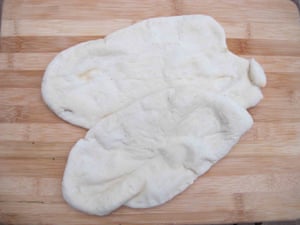
It is surely possible to manufacture pitta without any fatty at all, although why you would want to is beyond me; not only does it include flavour, but it keeps the bread fresher for longer. Tom and Henry Herbert utilizes rapeseed oil in their book The Fabulous Baker Brothers, and Belinda Harleys Roast Lamb in the Olive Groves travels for butter instead, both of which act just fine texturally, but the former imparts the bread a rich aroma that applies me more in memory of naan, while the latter is boringly neutral. Grassy and quintessentially Mediterranean, olive feels like the natural choice.
Sarit Packer and Itamar Srulovichs recipe in the Honey& Co cookbook, which several people recommend to me as the only one I should try, lends the fat toward the end of the kneading process. Although their pittas are delicious, its surely harder to incorporate the lubricant at this point, and I would be interested to know the reason behind it; some investigate suggests that not contributing it at the beginning helps gluten formation in the dough. If anyone can confirm this, I would be grateful, but I dont find it makes a significant difference, so Im going to stick with the easier method.
Seasoning
You dont have to look very far to find recipes for flavoured pitta( garlic and thyme, for example, or black onion seed ), but I dont think these little doughs necessary any help in that department. That read, its common to add sugar to kickstart the action of the yeast, and although a pinch are insufficient, expending the same quantity as salt gives the doughs a more well-rounded smell: add too much, as Ruperti does, and they lose the plainness that is their bos goodnes; add too little, or none at all as the Herberts do, and theyre a little bit underwhelming.
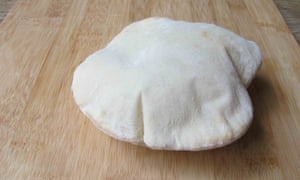
The method
Pitta dough must be sufficiently hydrated to generate steam when it meets the hot of the oven, and strong enough to catch this steam, and thus puff up, so the potpourrus must be both fairly soaked and well-kneaded. Dont be seduced to flour the wield surface unless the dough is so sticky as to be completely unmanageable; it will come together eventually and, in the meantime, a palette spear or dough scraper will oblige life easier. If you have a food mixer, then by all means use that; quarries currently on the blink.
Packer and Srulovich recommend remaining the dough overnight if “youve had” the time, as it helps the smell develop and forms the pitta fluffier, and theyre right; if homemade pittas are perceptibly more yummy than shop-bought ones, slow-risen ones are even better.
Even if you cant wait that long, do give the individual breads remain before shaping; precisely 10 minutes manufactures the relevant procedures much simpler. The Herberts recommend wheeling it out in one guidance simply, but this is another fiddly pace I cant penetrate the reasoning behind as with the lubricant, if someone knows why, please explain.
However you wheel them out, make sure they are thin enough to puff up in the short time they take to concoct, and evenly so, too, or they will blister in places, rather than blowing up like a bag. Ruperti, who observed a tendency for the pitta to be concluded with a much thinner crown than fanny after it comes out of the oven, advocates flipping the foods over before putting them in the oven, so the pocket of air that rises during the course of its final proofing stage is at the bottom when the dough registers the oven.
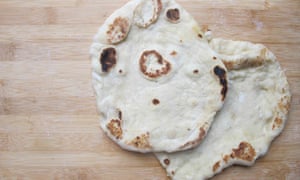
The cooking
Like most doughs, pittas are traditionally cooked at temperatures that can be difficult to replicate at home. Packer and Srulovich admonish cranking your oven up to peak, on the devotee giving if possible, and heating a baking tray or stone along with it, to give the foods the most wonderful start possible and encourage the creation of steam.
Although the oven is surely the best cooking option for pitta, as the hot from both top and foot helps to set the dough soon, its not the only one; Rebecca Seals journal The Islands of Greece leaves an excellent recipe utilizing a fry pan. Harley likewise applies this method, which she recommends topping with a thick-skulled tomato sauce and crisp brown cubes of pork or lamb, a spoonful of dense tzatziki[ and] some raw onion and tomato( pitta porn alarm ). The interior pockets are little dependable, but its much quicker if youre in a hurry, or its just too hot to swap the oven on.
Ruperti shows finishing off the bread in a hot pan to give them that luscious charred flavour that can be hard to achieve in a domestic oven Not exclusively do the pittas look a lot better that space, but the char adds a layer of smoky smell. Shes right, but it isnt traditional( Packer and Srulovich forewarn that they are not supposed to colour much) and it will crisp up the outsides of the bread, seeing them less pliable and amenable to stuffing. For me, it depends on what Ill be ingesting them with. Plainer fillings, such as hummus or salad, cry out for a bit char, while barbecued meat or veggies dont need it. The jury is out on my current favourite load, nonetheless: Marmite and banana. In my excuse, Ive had an horrendous mas of pitta to put away this week.

( induces 10 )
400ml warm but not hot water
10g active dehydrated yeast
2 tsp sugar
400g strong white flour
100g wholemeal flour( optional, or use 500 g lily-white)
2 tsp salt
2 tbsp olive oil, plus extra to grease
Put 100 ml warm sea in a jar and wipe in the yeast and half the sugar. Leave until the surface is contained in lather. Meanwhile, compound the flours, continuing carbohydrate and salt in a large mingling container.
Mix the petroleum and yeasty sea in the flour with your fingertips, then lend just enough of the most recent liquid to give you a shaggy dough it should be soft, but not more sticky( note if youre expending all white-hot flour, it was likely wont necessitate as much as a wholemeal/ white desegregate ). Turn out on to a clean job surface and knead for about 10 times( or about 8 in a food mixer on a low rapidity) until smooth and elastic. Put into an oiled bowl, turn to coating in lubricant, then encompas and chill overnight, or leave somewhere warmish until redoubled in width( about an hour to an hour and a half ).
Heat the oven to maximum, preferably love, with a broiling stone or heavy baking tray in there. Meanwhile, divide the dough into approximately 80 g balls, plow with a damp tea towel and allow to rest for 10 times, then roll out on a floured surface to rounds about 0.5 mm dense, obliging sure they are evenly thick-skulled all over. Cover with a damp tea towel and leave for 20 minutes.
Operating as quickly as possible, made as numerous pitta as will comfortably fit on the red-hot stone or broiling tray while its still in the oven, flipping them over as you pick them up, so the side resting on the labor face is now on top. Cook until they bag, then carefully remove and keep warm in a tea towel while you cook the remainder( how long this takes will be dependent on how red-hot your oven get ). Make sure to keep the oven door shut as far as possible to keep heat. Eat the same day, or freeze.
Pitta, pide, khubz which form of this very versatile flatbread is your favourite, and how do you like to eat it? And has anyone had any success roasting it with other flours ?



